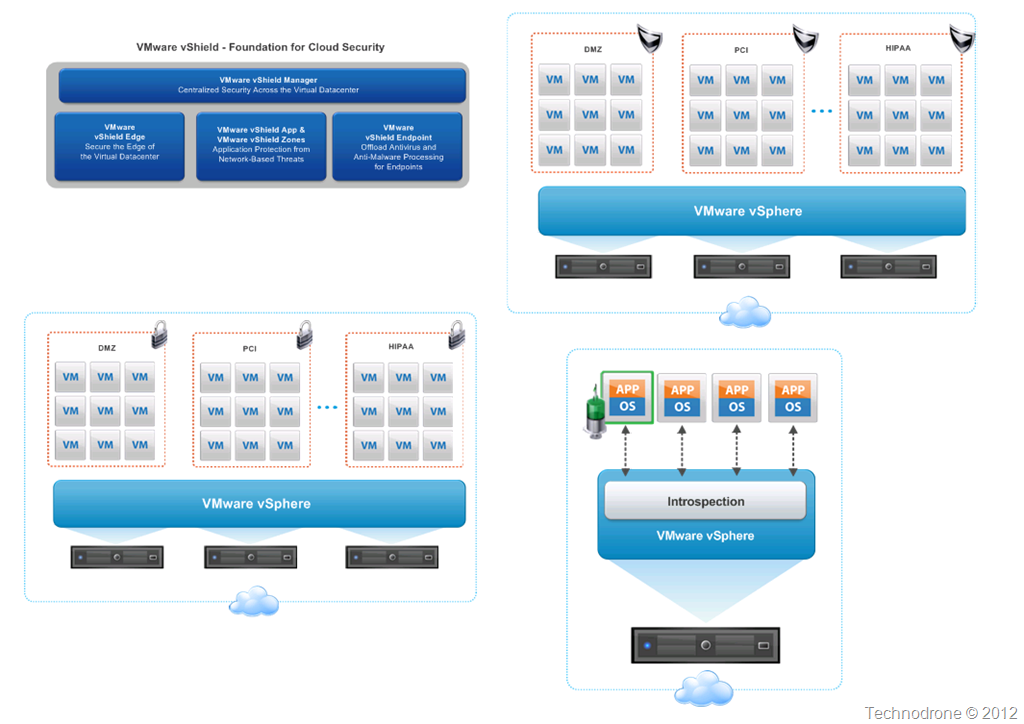

Various TCP/IP based remote protocols like Remote Desktop Protocol and Virtual Network Computing (VNC) which uses a remote framebuffer protocol can be used to connect a remote client to Virtual Desktops. In Virtual Desktop Infrastructure, we can make use of various connection brokers aka connection servers which help us to automate the connections from user PC’s to virtual desktops, connection servers act as a helping hand for organizations running with help desk user environments where every user needs the access to the same desktops. VDI can be deployed in a public or private cloud and provided as IaaS (Infrastructure as a Service) or DaaS (Desktop as a Service). Users can remotely access the virtual desktops from different devices and locations. Virtual Desktop Infrastructure allows organizations to host desktop operating systems (OS) as a VM on servers. We will also look at the architecture of VMware Horizon, its components, and the many characteristics of VDI on which VMware Horizon relies on.

Let’s start with VDI and explore its key aspects before moving on to how VMware Horizon differs from VDI. This post will discuss the differences between VMware Horizon and the traditional Virtual Desktop Infrastructure (VDI). Because of the benefits of scalability and cost-effectiveness, companies frequently deploy virtualized servers that are operated by virtual machines (VMs) in production settings.

Cloud-based services and virtualization are becoming increasingly prevalent.


 0 kommentar(er)
0 kommentar(er)
